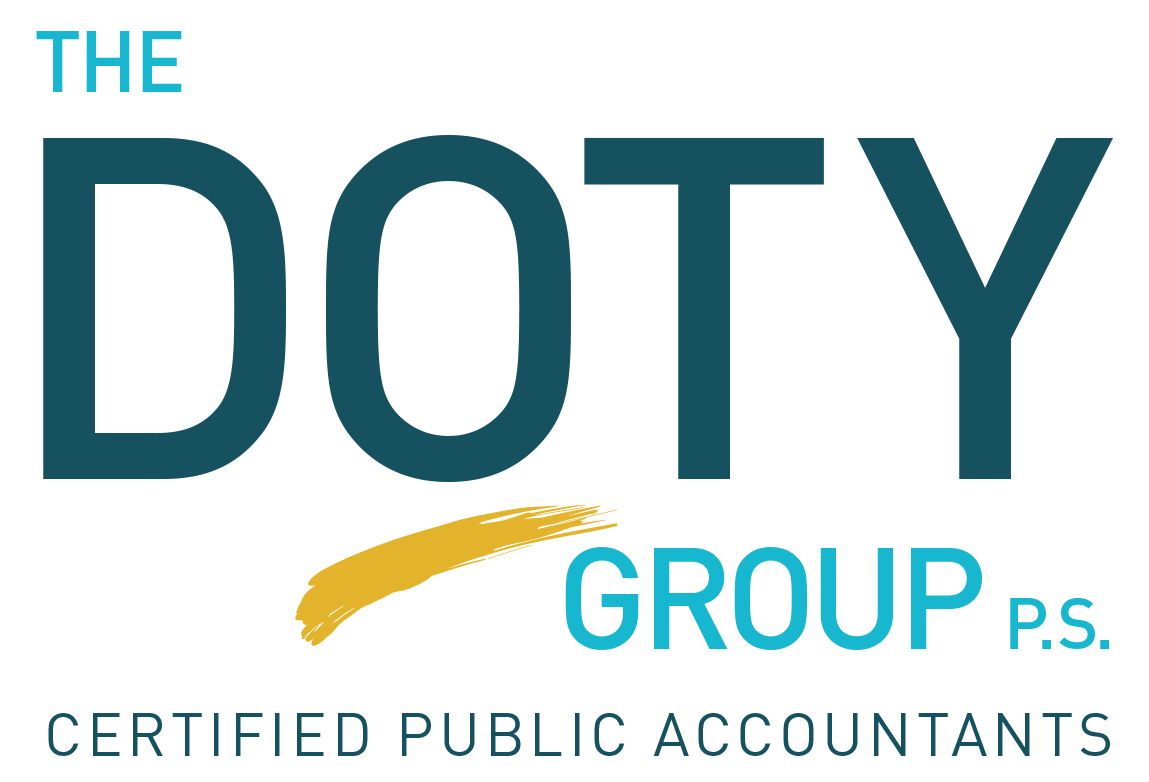FASB Approves New Standards and a Proposed Effective Date Delay
Norwalk, CT - The Financial Accounting Standards Board (FASB) today approved the issuance of two upcoming Accounting Standards Updates (ASUs): one that improves financial reporting associated with accounting for convertible instruments and contracts in an entity’s own equity, and one that improves how not-for-profit organizations present and disclose contributed nonfinancial assets, also known as gifts-in-kind.
The FASB also voted to issue a proposed ASU that would delay the effective date for its standard that improves financial reporting for insurance companies that issue long-duration contracts, such as life insurance, disability income, long-term care, and annuities.
FASB to Issue ASU to Improve Convertible Instruments and Contracts in an Entity’s Own Equity
Under the upcoming ASU, the accounting for convertible instruments will be simplified by removing major separation models required under current Generally Accepted Accounting Principles (GAAP). Accordingly, more convertible instruments will be reported as a single liability or equity with no separate accounting for embedded conversion features. Certain settlement conditions that are required for equity contracts to qualify for the derivative scope exception will be removed and, as a result, more equity contracts will qualify for the scope exception. The upcoming ASU also will simplify the diluted earnings-per-share (EPS) calculation in certain areas.
In its original July 2019 Exposure Draft, the FASB also proposed simplifying the accounting for equity contracts by reducing form-over-substance-based accounting conclusions that are driven by remote contingent events in the assessment of the derivatives scope exception. However, based on mixed feedback from stakeholders during the public comment period, the FASB decided not to include those proposed changes in the upcoming ASU. Consequently, the FASB plans to continue to explore improvements on this aspect of the guidance in a separate Phase 2 project.
“The upcoming ASU will address areas of liabilities and equity guidance that stakeholders identified as overly complex, internally inconsistent, and the source of frequent financial statement restatements,” stated FASB Chairman Russell G. Golden. “We expect it to result in improved comparability of information for financial statement users and reduced cost and complexity for preparers and auditors.”
The upcoming ASU will be effective for public business entities that meet the definition of a U.S. Securities and Exchange Commission (SEC) filer, excluding entities eligible to be smaller reporting companies as defined by the SEC, for fiscal years beginning after December 15, 2021, including interim periods within those fiscal years. For all other entities, the standard will be effective for fiscal years beginning after December 15, 2023, including interim periods within those fiscal years. Early adoption will be permitted. The FASB expects to issue the upcoming ASU during the 3rd quarter of 2020.
FASB to Issue ASU on Accounting for Contributed Nonfinancial Assets by Not-for-Profit Organizations
The upcoming ASU will require a not-for-profit organization to present contributed nonfinancial assets as a separate line item in the statement of activities, apart from contributions of cash or other financial assets.
It also will require a not-for-profit to disclose:
The amount of contributed nonfinancial assets received, disaggregated by category, that depicts the type of contributed nonfinancial assets, and
For each category of contributed nonfinancial assets received (as identified in (1.)):
Qualitative information about whether the contributed nonfinancial assets were either monetized or utilized during the reporting period. If utilized, a description of the programs or other activities in which those assets were or are intended to be used.
The not-for-profit’s policy (if any) about monetizing rather than utilizing the contributed nonfinancial assets.
A description of any donor restrictions associated with the contributed nonfinancial assets.
A description of the valuation techniques and inputs used to arrive at a fair value measure in accordance with Topic 820, Fair Value Measurement, at initial recognition.
The principal market (or most advantageous market) used to arrive at a fair value measure if it is a market in which the recipient not-for-profit is prohibited by donor restrictions from selling or using the contributed nonfinancial assets.
The upcoming ASU will be effective for annual reporting periods beginning after June 15, 2021. It is expected to be issued during the 3rd quarter of 2020.
Additionally, the FASB also directed the staff to determine if educational efforts are necessary for valuing contributed nonfinancial assets and to monitor how the ASU improves transparency by providing better information to users.
FASB to Issue Proposed ASU That Would Delay Standard for Insurance Companies That Issue Long-Duration Contracts
Finally, the FASB voted to issue a proposed ASU that would grant insurance companies that issue long-duration contracts, such as life insurance and annuities, an additional year to implement Accounting Standards Update No. 2018-12, Financial Services—Insurance (Topic 944): Targeted Improvements to the Accounting for Long-Duration Contracts. Stakeholders will have 45 days to review and provide comment on the proposed ASU, which the FASB expects to issue in the coming weeks.
